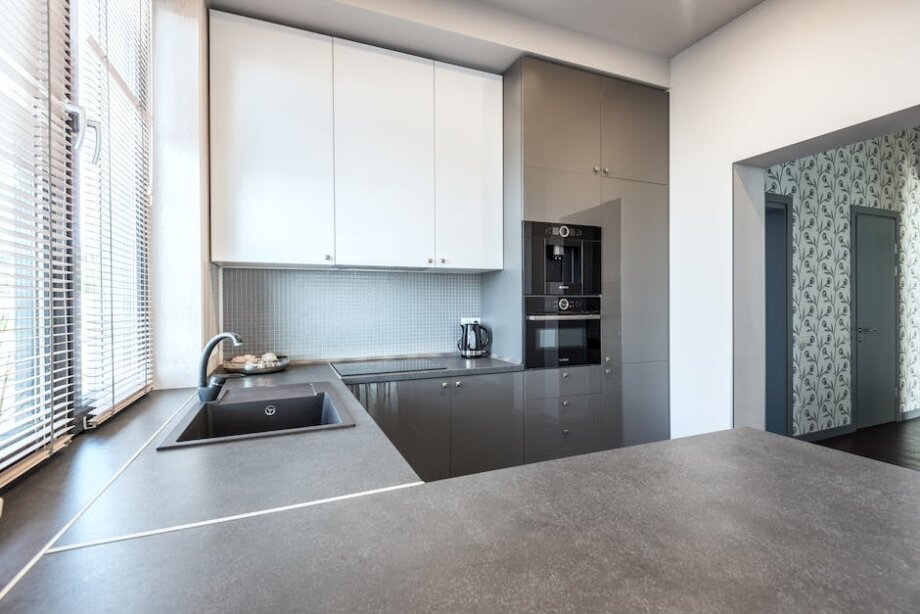Introduction
In recent years, there has been a marked shift towards more environmentally friendly practices within the interior design industry. Designers and homeowners alike are increasingly recognizing the imperative of sustainable living, leading to the growing trend of using sustainable materials in interior design. This article delves into the importance and application of sustainable materials in this artful industry, with the intent of inspiring you to consider eco-conscious alternatives for your next design project.
The Importance of Sustainable Materials in Interior Design
The use of sustainable materials in interior design isn’t just a passing trend – it’s a vital response to the growing environmental concerns that our planet faces. The construction and design industries contribute significantly to environmental pollution and resource depletion. By incorporating eco-friendly materials and practices, interior designers can effectively reduce this negative impact.
Sustainable design goes beyond mere environmental consciousness, it also relates to the wellness and health of the occupants. Certain conventional interior design materials can release harmful substances, potentially causing health issues over time. Conversely, sustainable materials are generally safer, contributing to healthier indoor air quality and general well-being.
What Constitutes Sustainable Material
The term “sustainable materials” can apply to a wide range of items. Generally, it refers to materials that are renewable, have a low environmental impact, and come from ethically responsible sources.
Renewable materials, such as bamboo or cork, are those that regenerate more quickly than they are consumed. Other materials, like recycled glass or reclaimed wood, are made from waste products that would otherwise be destined for a landfill thereby reducing waste generation.
The production process is another key factor in qualifying a material as sustainable. Materials processed using a low energy, low waste method, or those that require minimal transportation, thus lowering the carbon footprint, are preferred.
Trending Sustainable Materials in Interior Design
Thanks to innovative technology and growing consumer awareness, a wide array of sustainable materials is available for interior designers today.
1. Bamboo: A highly renewable resource, bamboo can grow fully in just three to seven years. It’s as durable as traditional hardwood and suitable for flooring, furniture, and even wall paneling.
2. Recycled Glass: Considered a very sustainable option, recycled glass can be transformed into kitchen and bathroom countertops, tiles, and even attractive light fixtures.
3. Reclaimed Wood: Opting for reclaimed or salvaged wood not only preserves forests but it also gives a unique sense of character to your interior design.
4. Cork: Affordable and versatile, cork is harvested from trees without causing any damage or requiring their removal. It serves as a great thermal insulator and can be used for flooring and wall coverings.
There’s an abundance of other notable sustainable materials including natural stones, recycled metals, and bio-based polymers. However, beyond these tangible, physical materials, sustainable interior design also entails energy-saving appliances, natural light utilization, water-saving fixtures, and the disposing or recycling of waste responsibly during a redesign or renovation.
Conclusion
Embracing sustainable materials in interior design is a tangible way to mitigate the environmental impact of our living and workspaces. As consumers are turning to eco-friendly practices, interior designers are given a unique platform to transform the industry towards more sustainable practices while creating aesthetically pleasing designs. The focus on sustainability is indeed a reflection of a broader societal shift towards environmental consciousness, a shift that we, as creators and residents of built environments, should all seek to be part of. To sum it up, in the words of designer Vivian Benjamin, “Our environment, the world in which we live and work, is a mirror of our attitudes and expectations,” and our collective expectation should be one of sustainability and mindfulness toward our planet.
